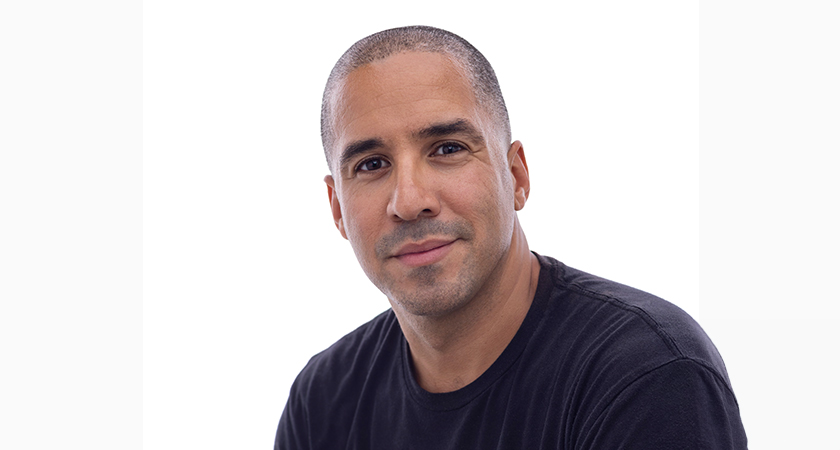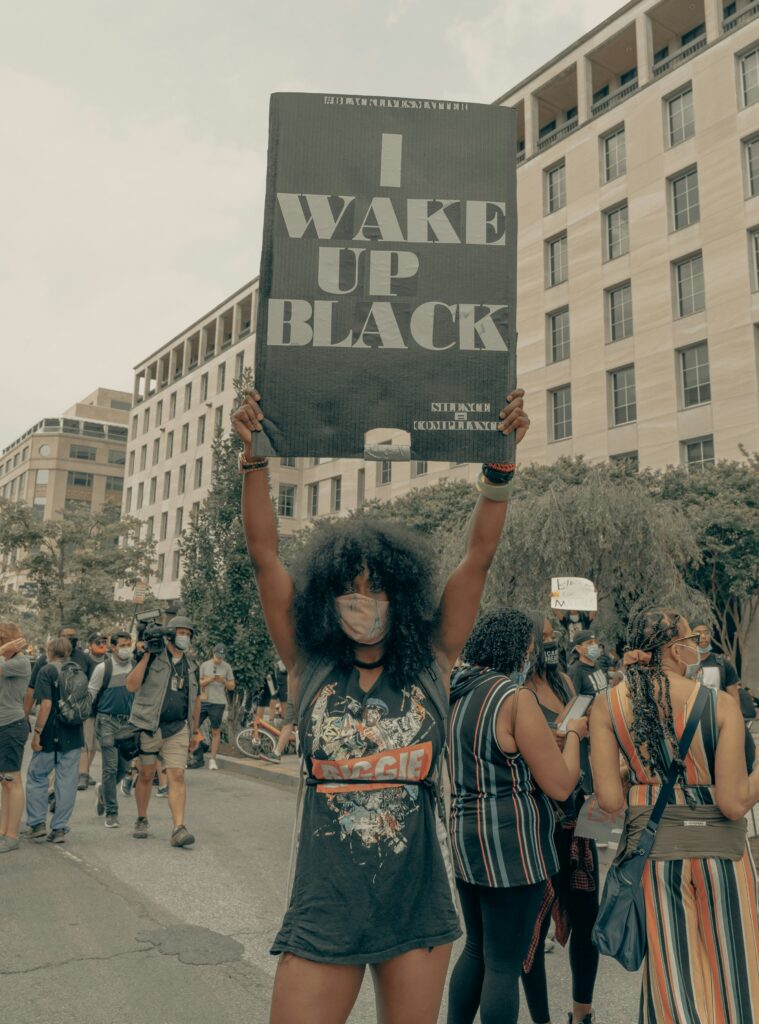A best practice for branded content is ensuring that the creative agency plays an active and engaged role from start to finish, since we believe that including the creative team produces a superior end product. Here’s why.
Branded content is big business. Publisher-led branded content spending was $7 billion in 2018 and growing at a 40% pace (Polar, August 2018); in February 2020 eMarketer reported that 54% of U.S./UK branding and marketing professionals planned to invest more in branded visual content in 2020 vs. 2019. Granted, 2020 has been A Year Like No Other, and indications are that branded content spending has declined somewhat, due to the general downturn caused by Covid-19. But the need is stronger than ever to connect consumers to brands in new ways that increase their engagement and consideration, especially in uncertain times. Branded content remains one of the most compelling ways to do that, but it can also require a significant investment. So how can clients ensure they are getting the best possible product for their money?
We have been involved in numerous branded content projects over the past few years across various verticals. This deep dive has taught us a number of best practices. In this article, we will explore some overall learnings that pertain to the development process. But branded content is a rich area to explore, and in subsequent articles we will discuss other elements that also contribute to a project’s success, such as branded content’s role in the marketing mix, how to measure it, how much it should cost, and how it is best promoted and distributed.
The first point regarding process is related to the fact that the various team members on a branded content project are oftentimes spread across multiple agencies and time zones, which can make cohesion problematic. But we have found that an integrated team across media, PR and creative groups can work very effectively together, as long as there is a documented shared vision and strategy for the project. An agency like ours provides both creative and media services for clients, which of course facilitates integration. But the model can also work well if agencies are each providing more specialized services, by working hand in glove with each other and following a strategy that is understood and embraced by all. It is crucial that the integrated team’s members all follow that North Star – even though this is sometimes easier said than done.
Another best practice for branded content is ensuring that the creative agency plays an active and engaged role from start to finish, since we believe that including the creative team produces a superior end product. In fact, we counsel clients to allow their creative agencies to engage directly in the process, based on two key observations we have seen first-hand.
First, the creative agency knows your brand as well as or better than any other team working on a client’s business. Branded content is, after all, branded. So why not ask the team who lives and breathes your brand every day, translating it into all manner of banner ads, commercials, online videos, social ads, outdoor boards, radio spots and web pages, to inform your branded content project as well? A good creative agency is also a strategic one, and will help ensure that the assets remain true to the brand and the campaign’s overall strategy. Furthermore, the creative agency is the expert on the brand’s creative sensibility, and can make the process of staying on target seamless. This ultimately means that the process is more efficient, reducing wasted time due to fewer rounds of work, and fewer detours into creative blind alleys.
Second, the creative agency speaks the same language as the team that will be producing the assets. A media team may not know how to review a rough cut, to vet a proposed shooting location, or to critique a logo design. Having the creative agency provide creative oversight removes that burden from the media team, while also keeping the publisher on its toes. And it’s not that publishers don’t want to do great work— they do—but it’s like any creative process that benefits from the back-and-forth debate of what works and what doesn’t. You simply wind up with a better result.
Branded content only has value if people see it, which is why the media or PR agency needs to lead the charge when undertaking branded content projects. But we do advise that the creative agency team have a seat at the table, to acknowledge its value in lifting up the project to an even higher level of resonance and effectiveness. We have had much success using this approach. And we know our clients would agree.
— Kelly Green







